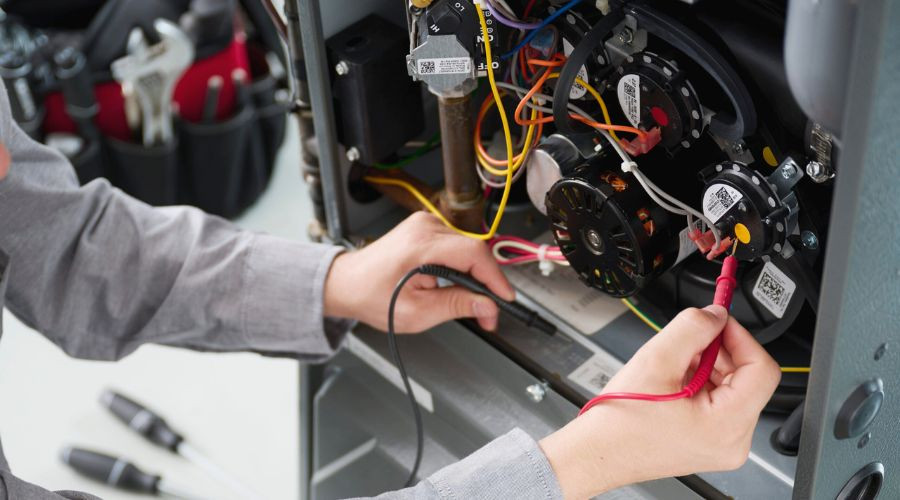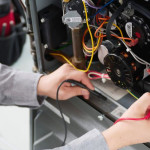How to Identify and Avoid Heating Hazards at Home
With the winter season firmly setting in, keeping the home’s heating system in tip-top shape is of utmost importance. It is, after all, a homeowner’s best friend during the colder temperatures. But heaters and furnaces aren’t foolproof - they are subject to breakdowns and malfunctions, which can be dangerous. So, how do homeowners ensure their heaters are up for the daily grind of the winter months and identify dangers at home? The following are potential heating hazards that homeowners should watch out for and how to prevent or handle them properly.
Carbon Monoxide Leak
One of the most serious dangers associated with a malfunctioning heater is carbon monoxide - a colorless, odorless gas that is a byproduct of burning fuels. Thankfully, this gas is safely removed from a home’s premises through proper ventilation. However, if there is a malfunction in the system, there is a possibility that carbon monoxide could leak into the house instead of safely making its way outside.
High levels of carbon monoxide indoors are enough cause for alarm. Not only does carbon monoxide poisoning cause toxic symptoms like headache, weakness, dizziness, nausea, confusion, blurred vision, loss of muscle control, and loss of consciousness but prolonged exposure to this gas can cause severe damage to the heart and brain, which is why it is essential to detect it quickly. Carbon monoxide detectors are a vital tool in detecting the presence of this lethal gas. These devices work by measuring the levels of carbon monoxide in the air and sounding an alarm when it reaches dangerous levels.
Presence of Mold
 Mold growth is another problem that homeowners may face in their heating systems. Mold thrives in damp and warm environments which can often be found inside air ducts and other parts of the heating system. This is because condensation can occur in these areas due to temperature changes or water leaks, creating the perfect conditions for mold to grow.
Mold growth is another problem that homeowners may face in their heating systems. Mold thrives in damp and warm environments which can often be found inside air ducts and other parts of the heating system. This is because condensation can occur in these areas due to temperature changes or water leaks, creating the perfect conditions for mold to grow.
Signs that mold may be present in a heating system are a musty odor within the house and visible mold. Mold exposure can also lead to various health effects, such as respiratory problems, allergies, and skin irritation. It is important to address any sources of moisture or leaks as soon as possible to prevent mold growth in heating systems. Regularly cleaning and maintaining the heating system can also help prevent mold from forming.
Overheating
 Overheating furnaces and heaters also pose a serious risk, potentially leading to fires or damage to the heater. Detecting an overheating furnace or heater early on can prevent such hazards. Tell-tale signs include a distinctive burning smell, indicative of parts getting too hot, and an unusual humming noise, often resulting from a strained or failing motor.
Overheating furnaces and heaters also pose a serious risk, potentially leading to fires or damage to the heater. Detecting an overheating furnace or heater early on can prevent such hazards. Tell-tale signs include a distinctive burning smell, indicative of parts getting too hot, and an unusual humming noise, often resulting from a strained or failing motor.
To prevent this from happening, routine maintenance is key. Regularly changing the furnace filters ensures efficient airflow and prevents the system from overheating and working harder than necessary. Additionally, scheduling routine tune-ups with a professional can help identify and rectify potential issues, further safeguarding against the dangers of an overheating heater or furnace and other risks.
About Jerry Brittingham A/C & Heat, Inc.
Jerry Brittingham A/C & Heat, Inc. has been serving Daytona Beach, FL, and the surrounding areas since 2002. They provide transparent pricing options, prompt and professional technicians, and a maintenance membership plan. Call them today for heater repair services in Daytona Beach, FL.



